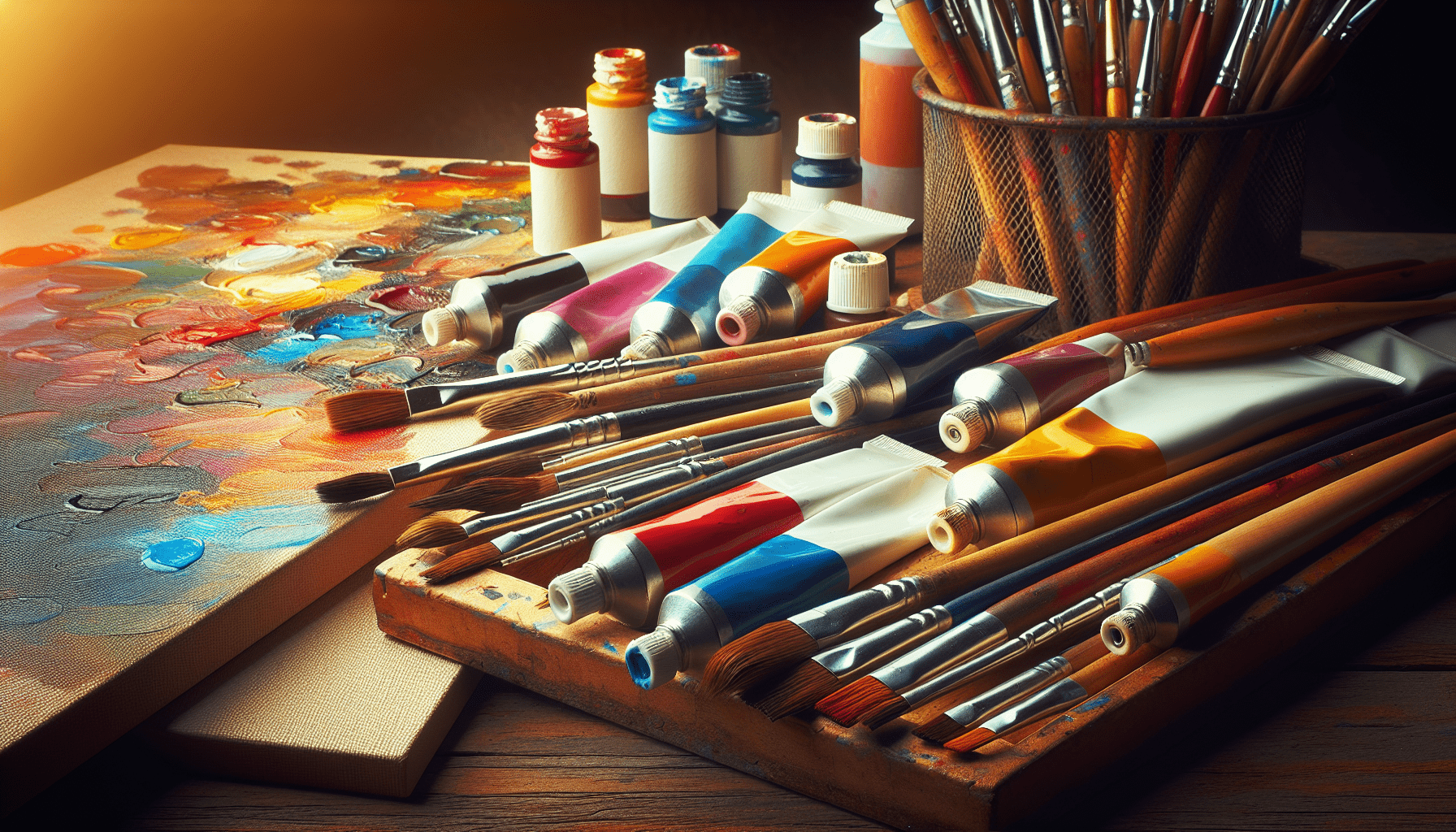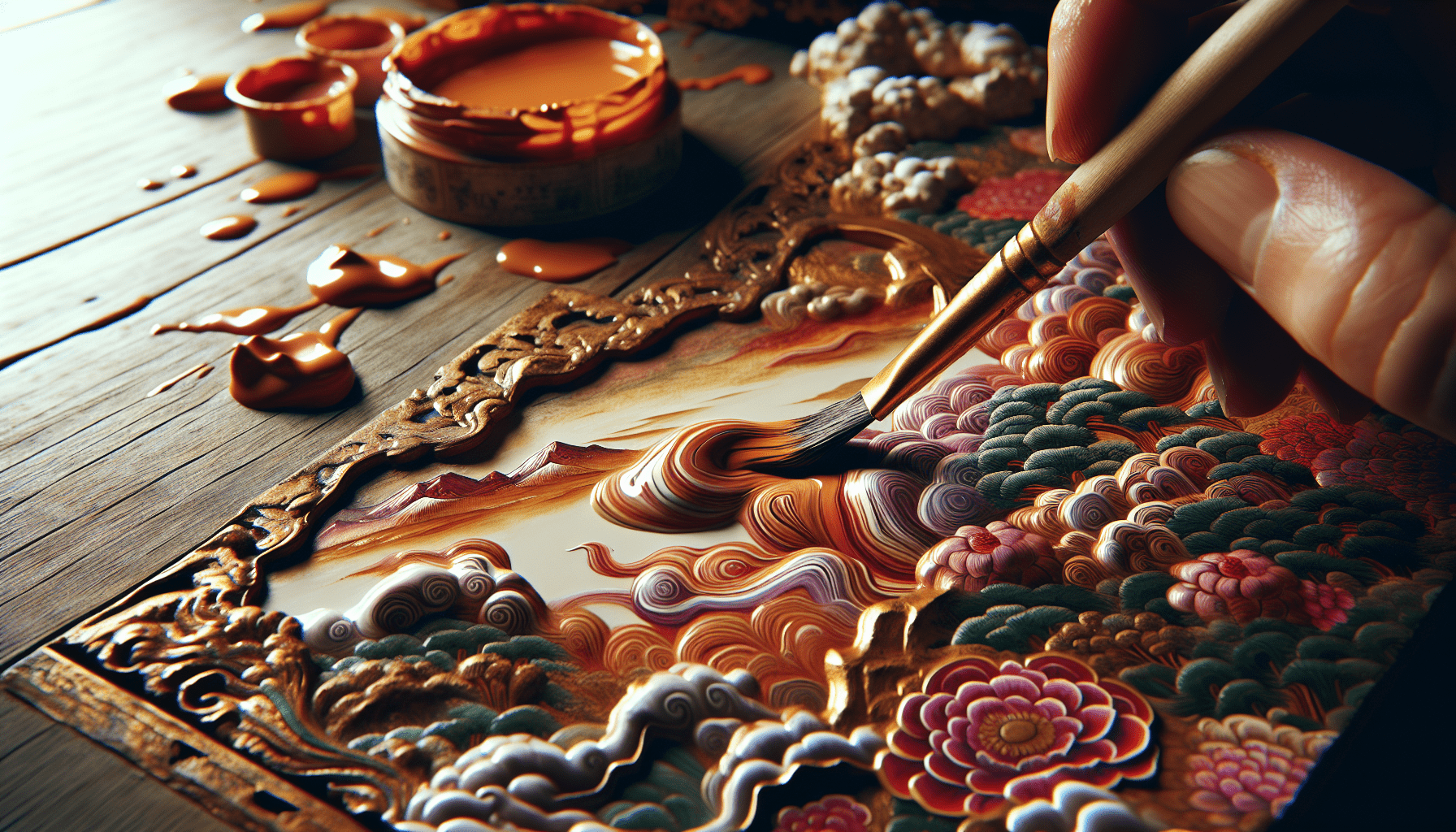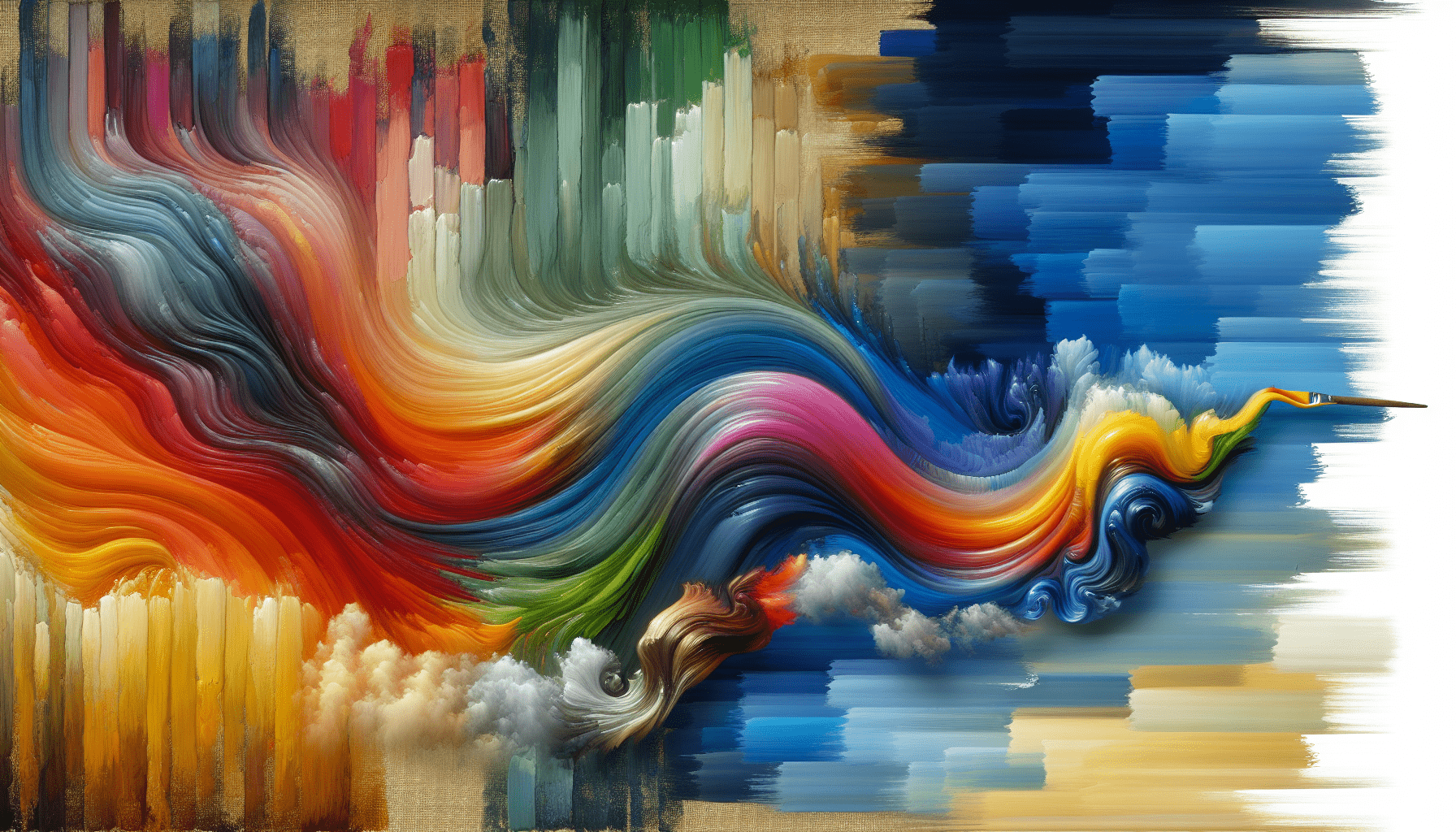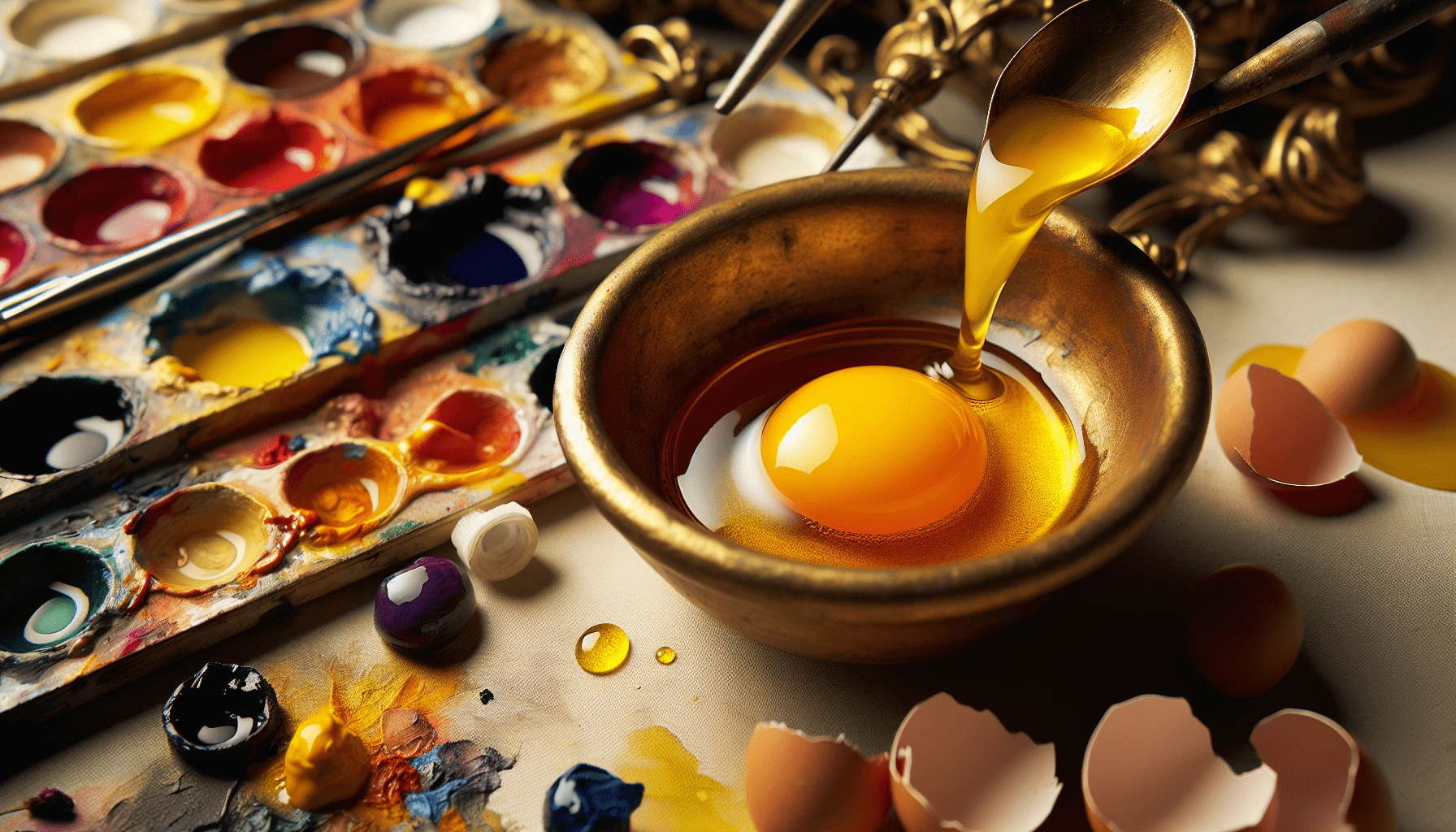In the realm of art, tempera painting is a technique that dates back to ancient times and has stood the test of time due to its unique characteristics and versatility. Used by notable artists such as Giotto and Botticelli, tempera painting involves mixing pigment with egg yolk or another binder to create vibrant and long-lasting artwork. This article will delve into the history, techniques, and benefits of tempera painting, shedding light on this timeless artistic practice. What Is Tempera Painting
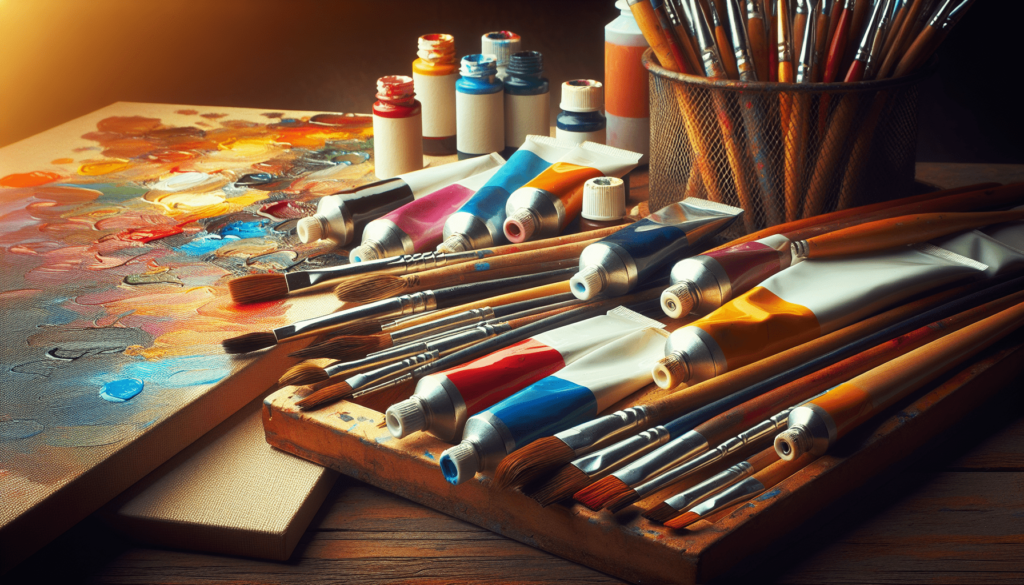
Introduction to Tempera Painting
If you’ve ever been curious about the world of painting, you may have come across the term “tempera painting.” But what exactly is tempera painting? In this comprehensive guide, we will delve into the world of tempera painting, exploring its history, techniques, and significance in the art world.
History of Tempera Painting
Tempera painting has a rich history dating back to ancient Egypt and Greece. It was widely used in the Byzantine Empire and during the Renaissance period in Europe. The technique involves mixing pigment with a binder, typically egg yolk, to create a smooth and durable painting. This method was favored by artists due to its vibrant colors and long-lasting quality.
Importance of Tempera Painting
Tempera painting played a significant role in the development of Western art. It was the primary medium used in religious art during the Middle Ages and Renaissance, creating iconic works that are still admired today. Artists such as Giotto, Botticelli, and Da Vinci used tempera painting to create masterpieces that are admired for their intricate details and vibrant colors.
Types of Tempera Painting
There are two main types of tempera painting: egg tempera and casein tempera. Each type has its own unique characteristics and applications in the art world.
Egg Tempera
Egg tempera is the traditional form of tempera painting where pigment is mixed with egg yolk as a binder. This method creates a luminous and smooth finish with intense colors. Egg tempera dries quickly and is known for its durability, making it a popular choice for intricate and detailed paintings. Artists such as Sandro Botticelli and Fra Angelico were known for their exquisite egg tempera works.
Casein Tempera
Casein tempera is a newer form of tempera painting where pigment is mixed with casein, a protein found in milk. This type of tempera produces a matte finish with a velvety texture. Casein tempera dries quickly and provides excellent adhesion to various surfaces, making it a versatile medium for artists. Modern artists like Andrew Wyeth and Thomas Hart Benton have used casein tempera in their paintings.
Materials and Techniques
To create a tempera painting, artists need specific materials and follow precise techniques to achieve the desired results. Here are the essential materials and techniques used in tempera painting:
Materials
- Pigments: Artists use powdered pigments to create a range of colors in tempera painting. These pigments are mixed with a binder to form a paint mixture.
- Binder: The binder, typically egg yolk or casein, is used to bind the pigment together and adhere it to the painting surface.
- Brushes: High-quality brushes are essential for applying the paint to the surface and achieving fine details in the artwork.
- Support: Artists can choose from various support materials, such as wood panels, paper, or canvas, to create their tempera paintings.
Techniques
- Layering: Artists often apply multiple layers of paint in a methodical manner to build depth and luminosity in their paintings. Each layer must be allowed to dry before applying the next.
- Cross-hatching: This technique involves making a series of crisscross lines to create texture and shading in the painting. It is commonly used in egg tempera paintings to add depth and dimension.
- Sgraffito: In sgraffito, artists scratch the top layer of paint to reveal the underlying layers, creating texture and visual interest in the painting.
Advantages and Challenges of Tempera Painting
Tempera painting offers various advantages and challenges for artists looking to explore this traditional medium.
Advantages
- Durability: Tempera paintings are known for their long-lasting quality and resistance to fading, making them ideal for preserving artwork for generations.
- Vibrant Colors: The rich and intense colors produced by tempera painting add a unique vibrancy to the artwork, making it visually striking.
- Detail and Precision: The fine details and intricate brushwork achievable with tempera painting allow artists to create highly realistic and meticulous artworks.
Challenges
- Drying Time: Tempera paint dries quickly, which can pose a challenge for artists trying to blend colors or create smooth transitions in their paintings.
- Fragility: Tempera paintings can be fragile and prone to cracking over time if not properly cared for and maintained.
- Limited Flexibility: Unlike oil or acrylic paints, tempera paint has a limited ability to be reworked or corrected once it has dried, requiring precision and skill from the artist.
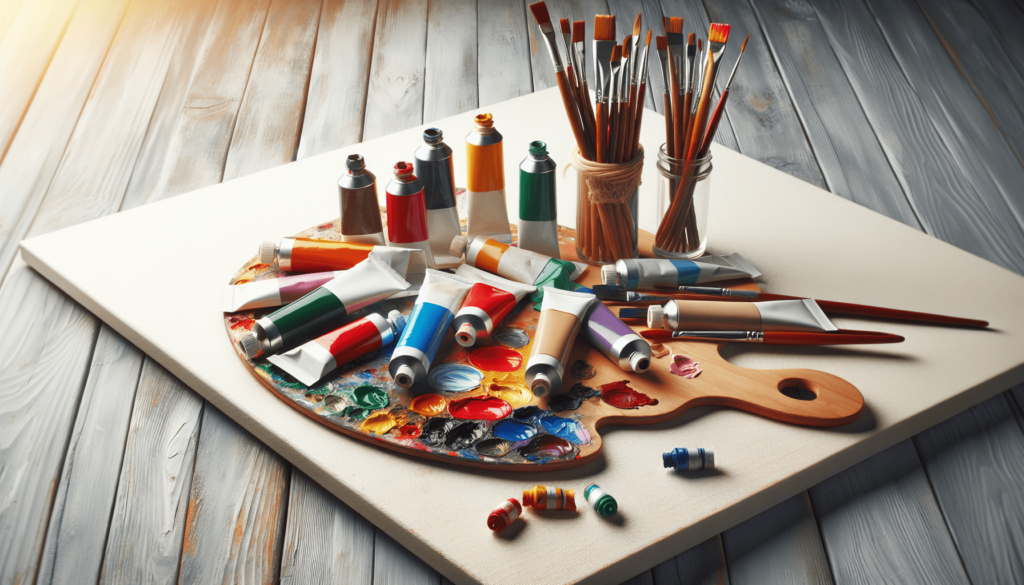
Famous Artists Known for Tempera Painting
Throughout history, many master artists have used tempera painting to create iconic works that have stood the test of time. Here are some of the most famous artists known for their tempera paintings:
Sandro Botticelli
Sandro Botticelli was an Italian painter of the Early Renaissance known for his exquisite egg tempera paintings. His most famous work, “The Birth of Venus,” showcases his mastery of tempera painting with its delicate details and vibrant colors.
Andrew Wyeth
American artist Andrew Wyeth was renowned for his use of casein tempera in his realistic and evocative paintings. His iconic work, “Christina’s World,” is a prime example of the emotional depth and texture achieved through casein tempera painting.
Techniques for Beginners
If you’re new to tempera painting and want to explore this traditional medium, here are some simple techniques to get you started:
Egg Yolk Preparation
- Separate the yolk: Carefully separate the egg yolk from the egg white, ensuring there are no traces of the white in the yolk.
- Mix with water: Gradually add a small amount of water to the yolk and whisk until well combined. This will create a smooth and stable binder for your pigments.
Color Mixing
- Start with primaries: Begin by mixing the primary colors (red, blue, yellow) to create a basic color palette. Experiment with different ratios to achieve a range of hues and tones.
Applying Layers
- Thin layers: Apply thin layers of paint using a soft brush to build up color and detail in your painting. Allow each layer to dry before adding the next to avoid smudging or mixing colors.
Conclusion
Tempera painting is a versatile and enduring medium that has been cherished by artists for centuries. Whether you’re a beginner looking to explore a new technique or an experienced artist seeking to hone your skills, tempera painting offers a wealth of opportunities for creative expression. By understanding the history, techniques, and famous artists associated with tempera painting, you can embark on a journey to unlock the beauty and intricacy of this traditional art form.
